Effective Microorganisms
The perfect organic fertilizer.
Yes, the name of this hack already sounds very difficult. But effective...
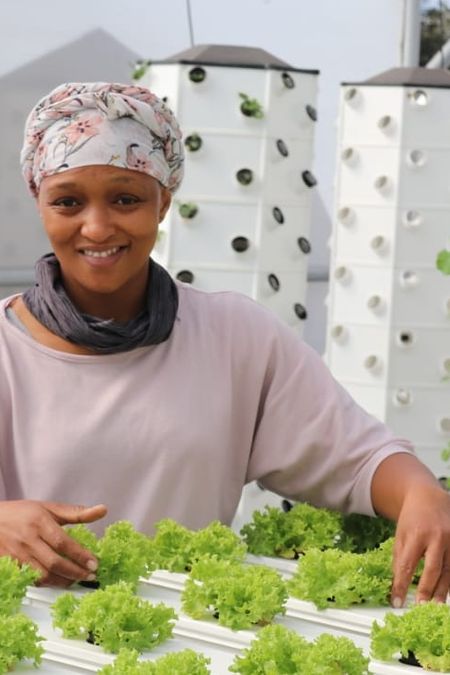
Harvest more from your field
| Done in | 14 days |
|---|---|
| Skill level | basic |
Bokashi is a very effective, economical and easy to make fertiliser. It is mostly made from agricultural wastes. With this organic method you can improve your soil and have much better harvests than before. Bokashi is a remedy for your soil. It re-introduces nutrients by adding micro-organisms. These are usually locked up because of the use of chemical fertilizers which poison the soil. Treat the soil well and the plants will produce bountifully even in harsh conditions.
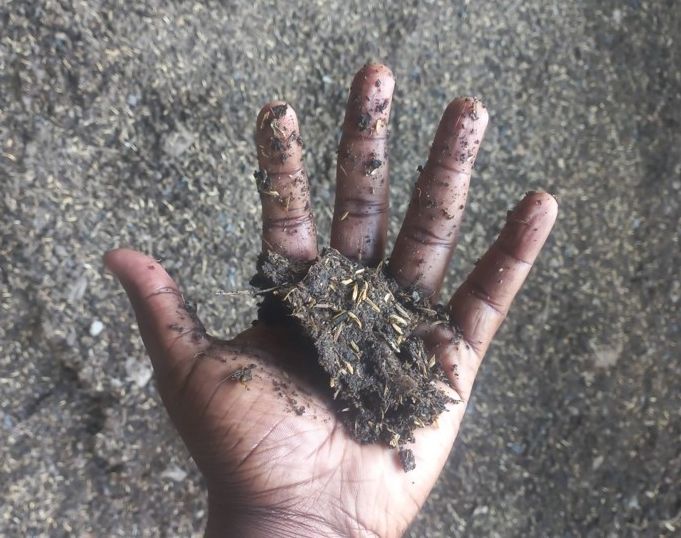
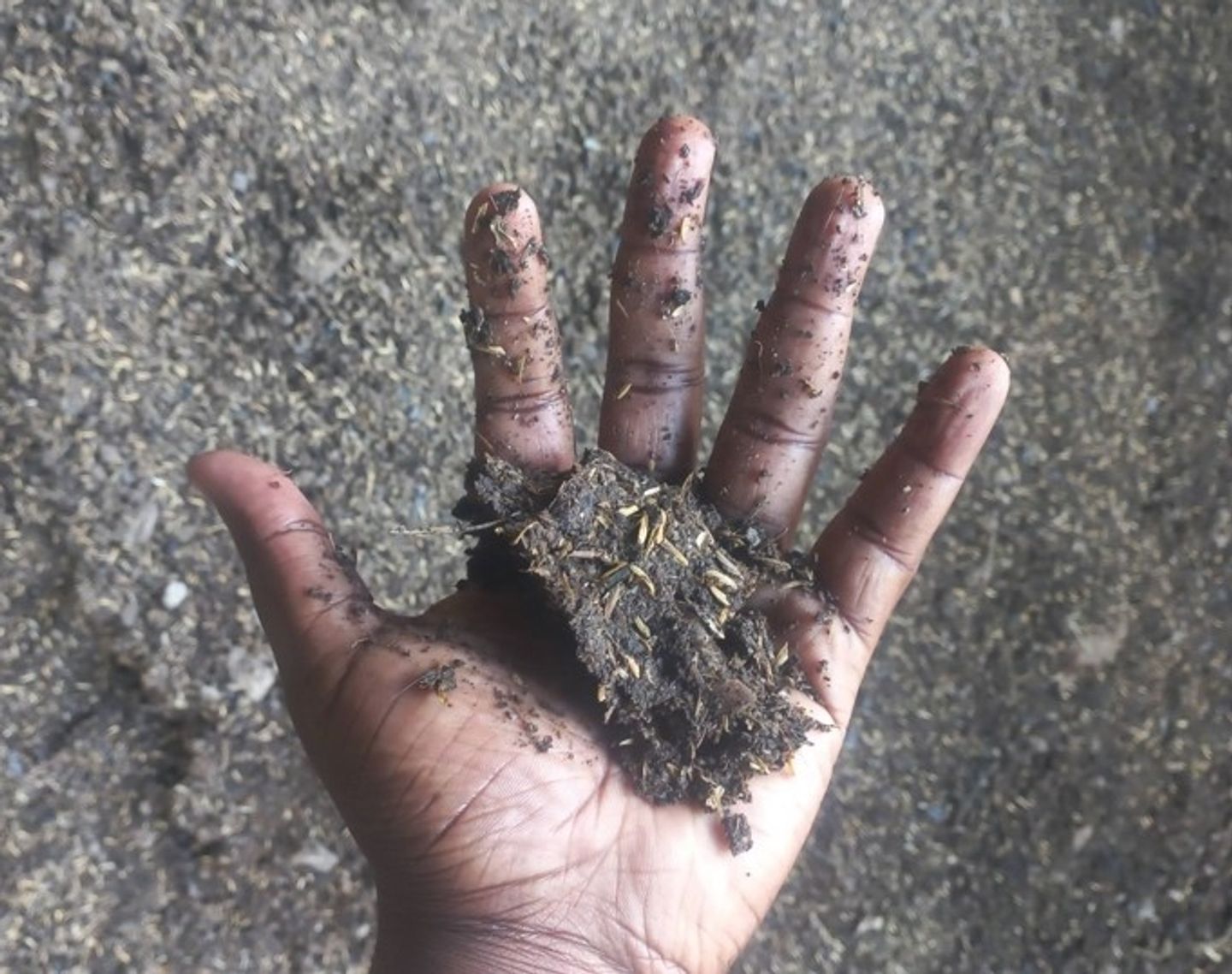

Published under CC:BY-SA by
RODI KenyaYou can, of course, make more or less bokashi than indicated in the recipe. But make sure that you keep the same quantity ratio. The bags in the recipe are 90 kg bags, which are usually the ones used to carry livestock feed. With this recipe you can fertilise a whole field (one acre).
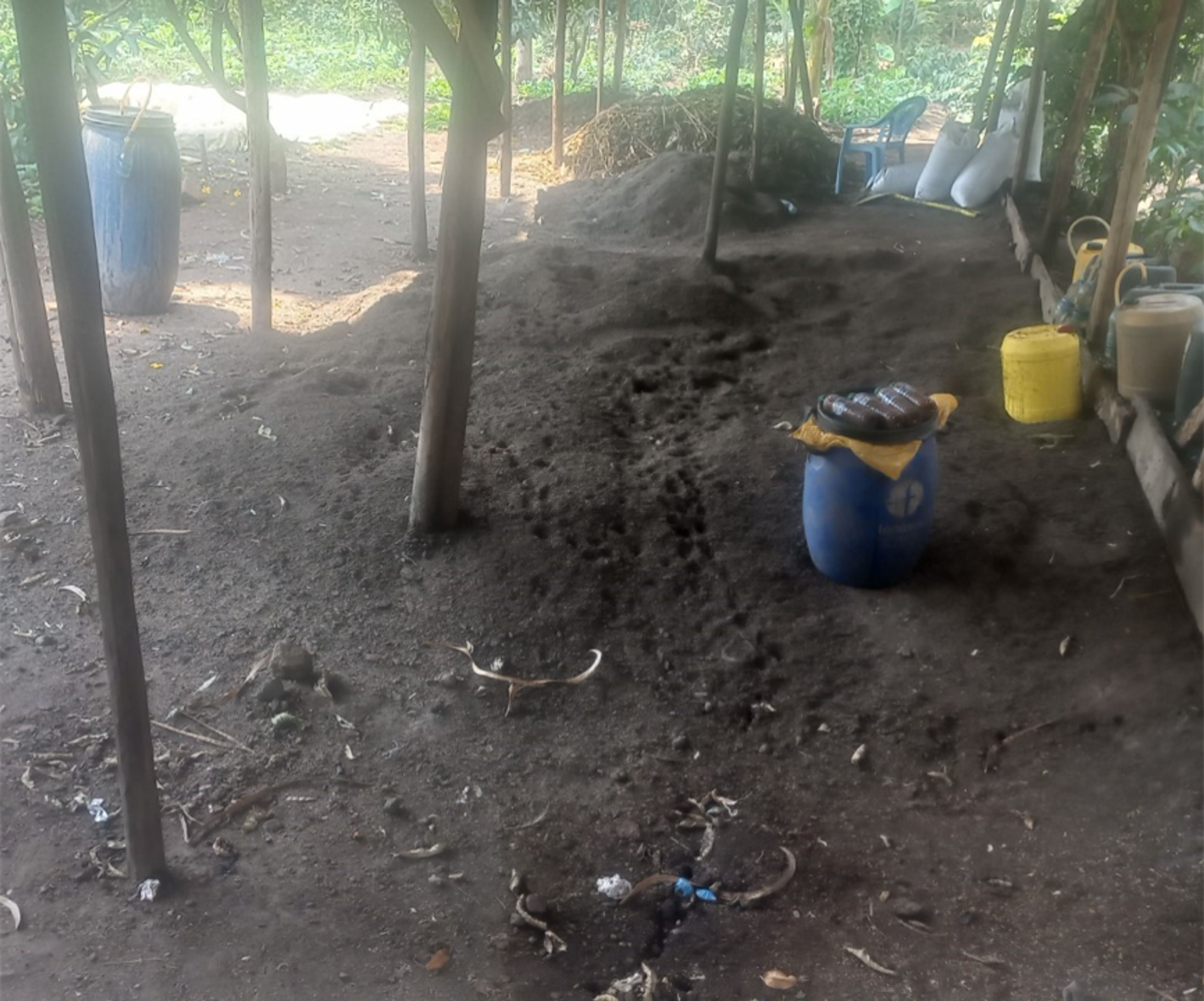
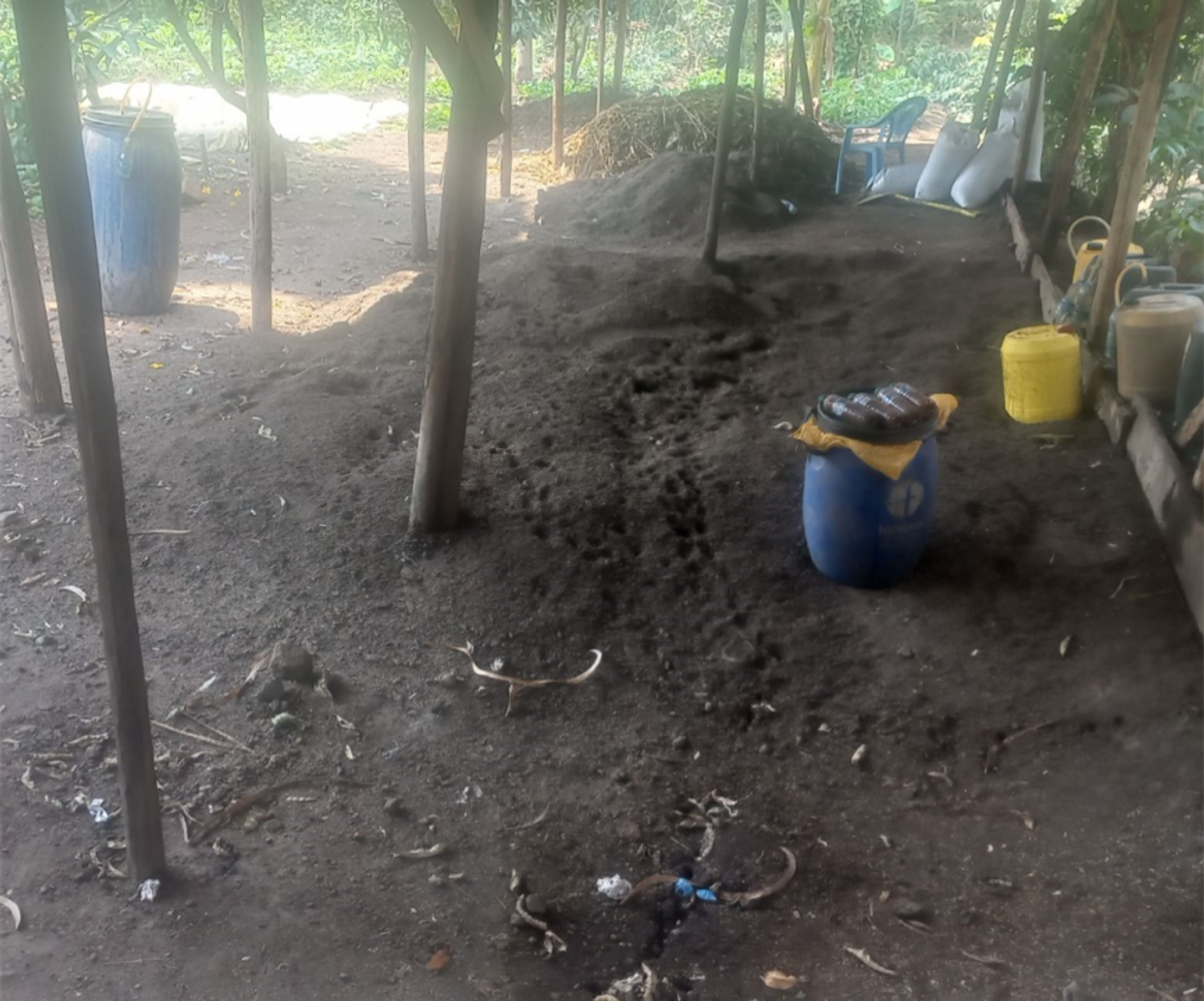
Ensure that it is open and has a roof (polythene/iron sheet/grass) that will prevent water from reaching the Bokashi.
Make sure the space is free from water logging and livestock. Water will damage the quality of the Bokashi. Do not allow animals near the mixture or the final product.
Do not place the mixture in direct sunlight as this may increase the strength of the smell.
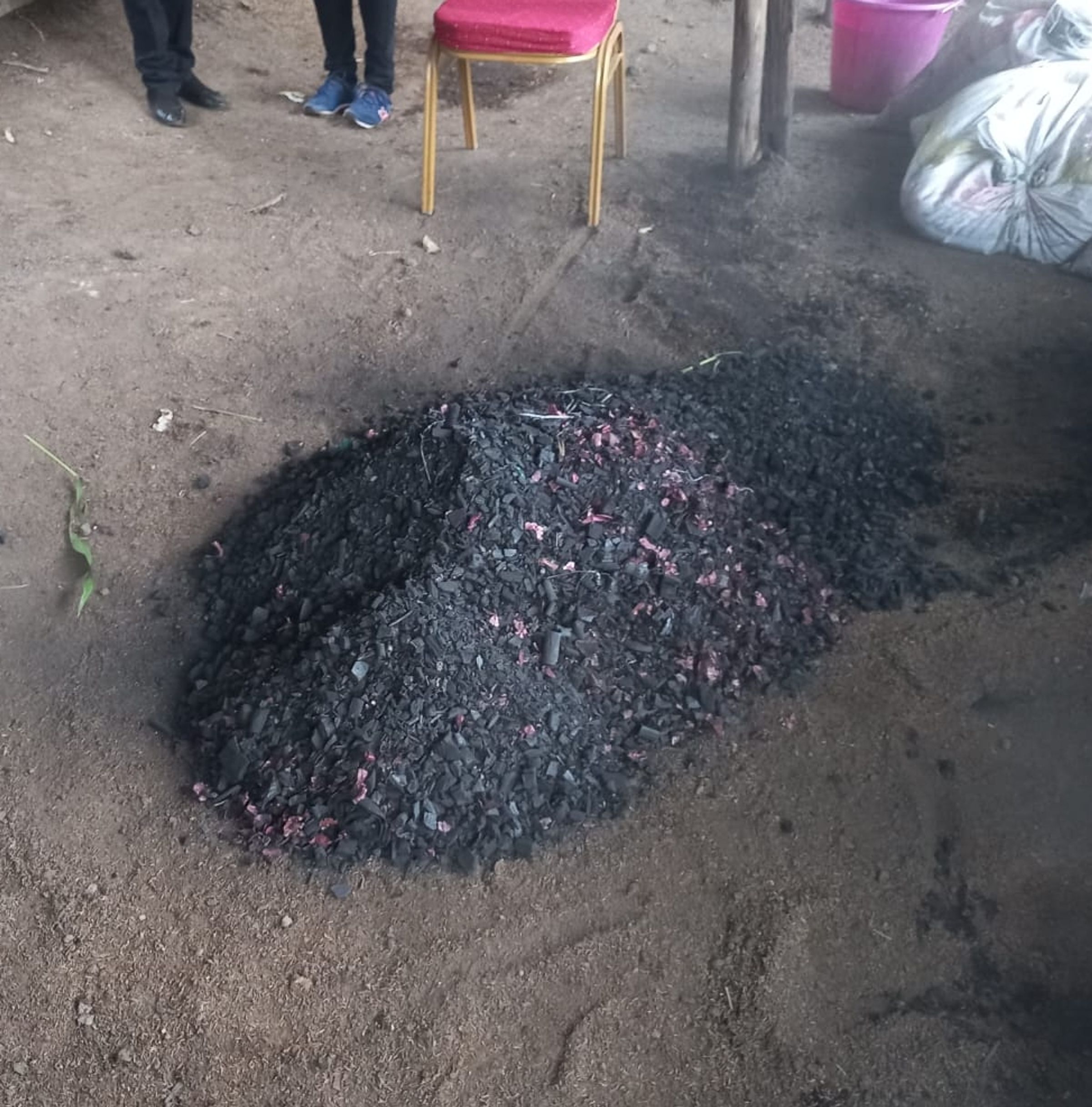
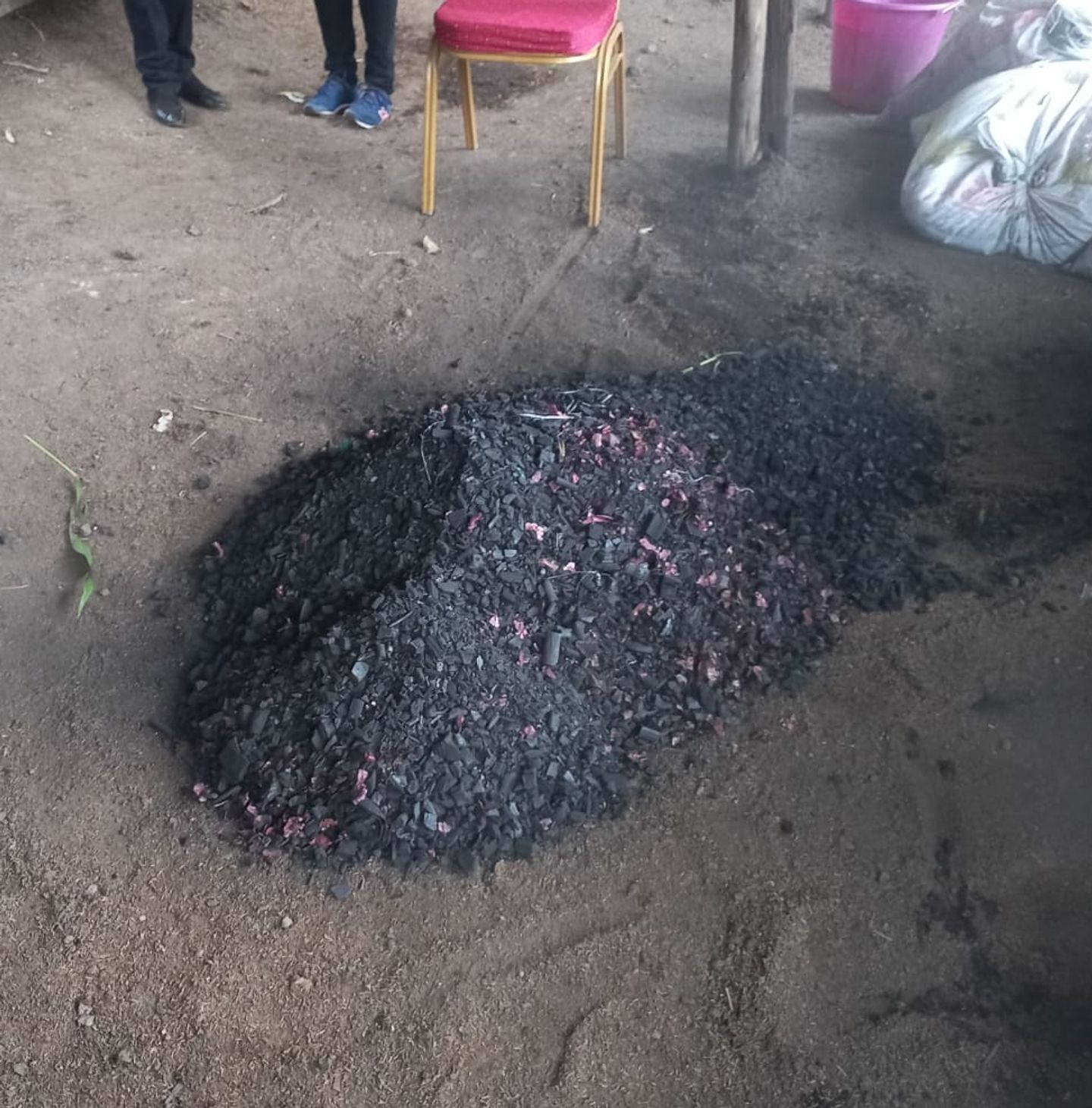
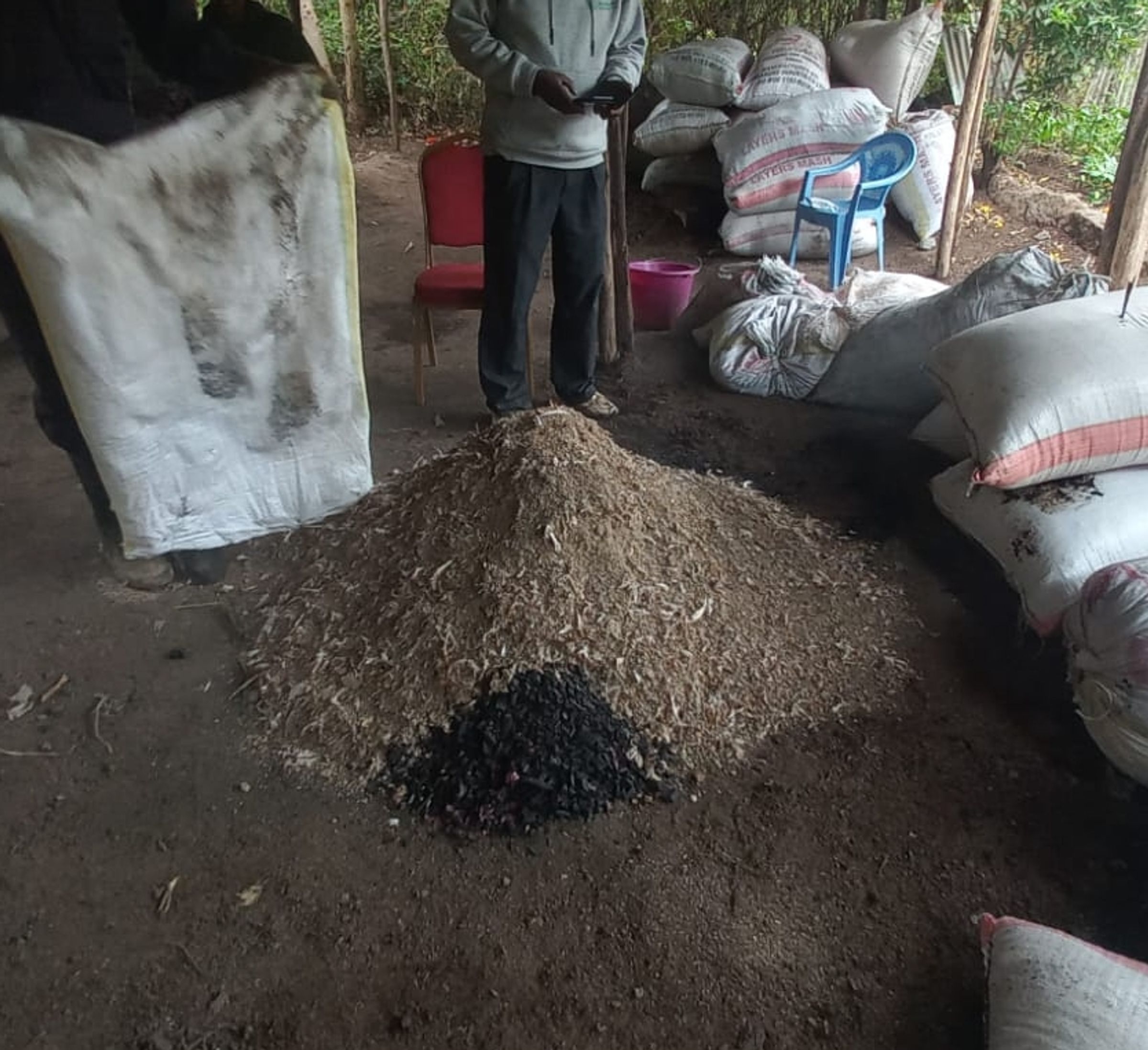
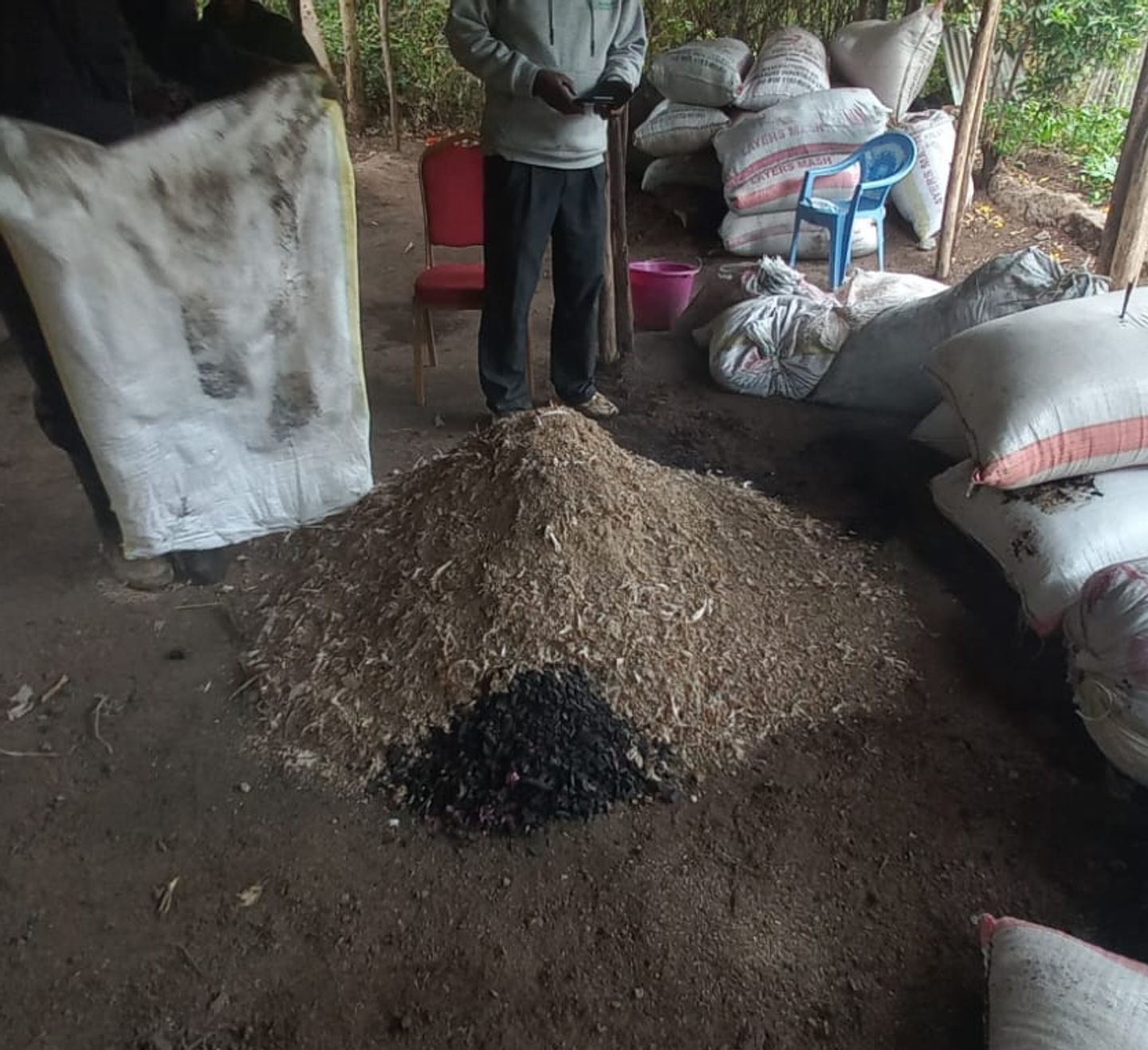
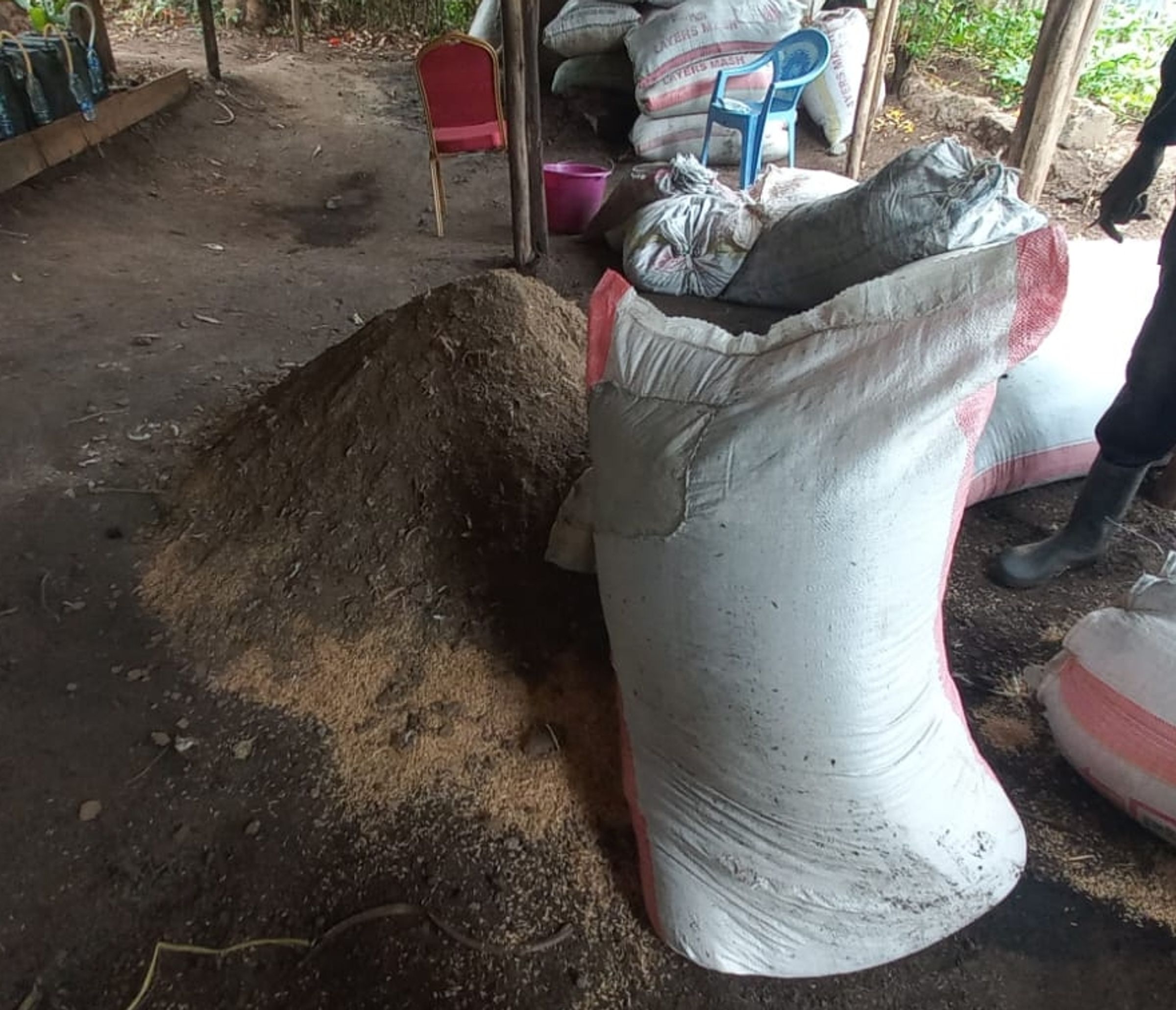
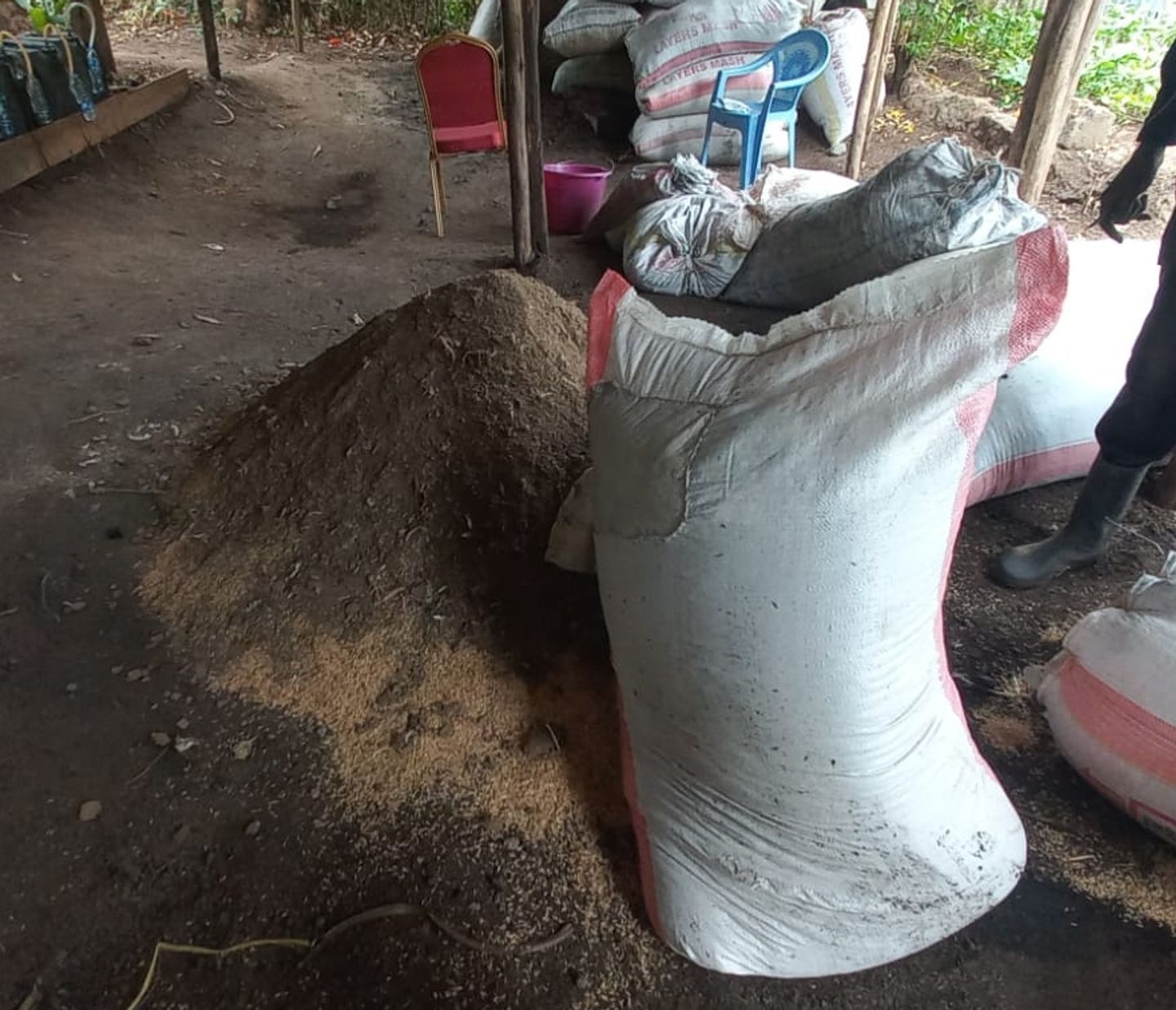
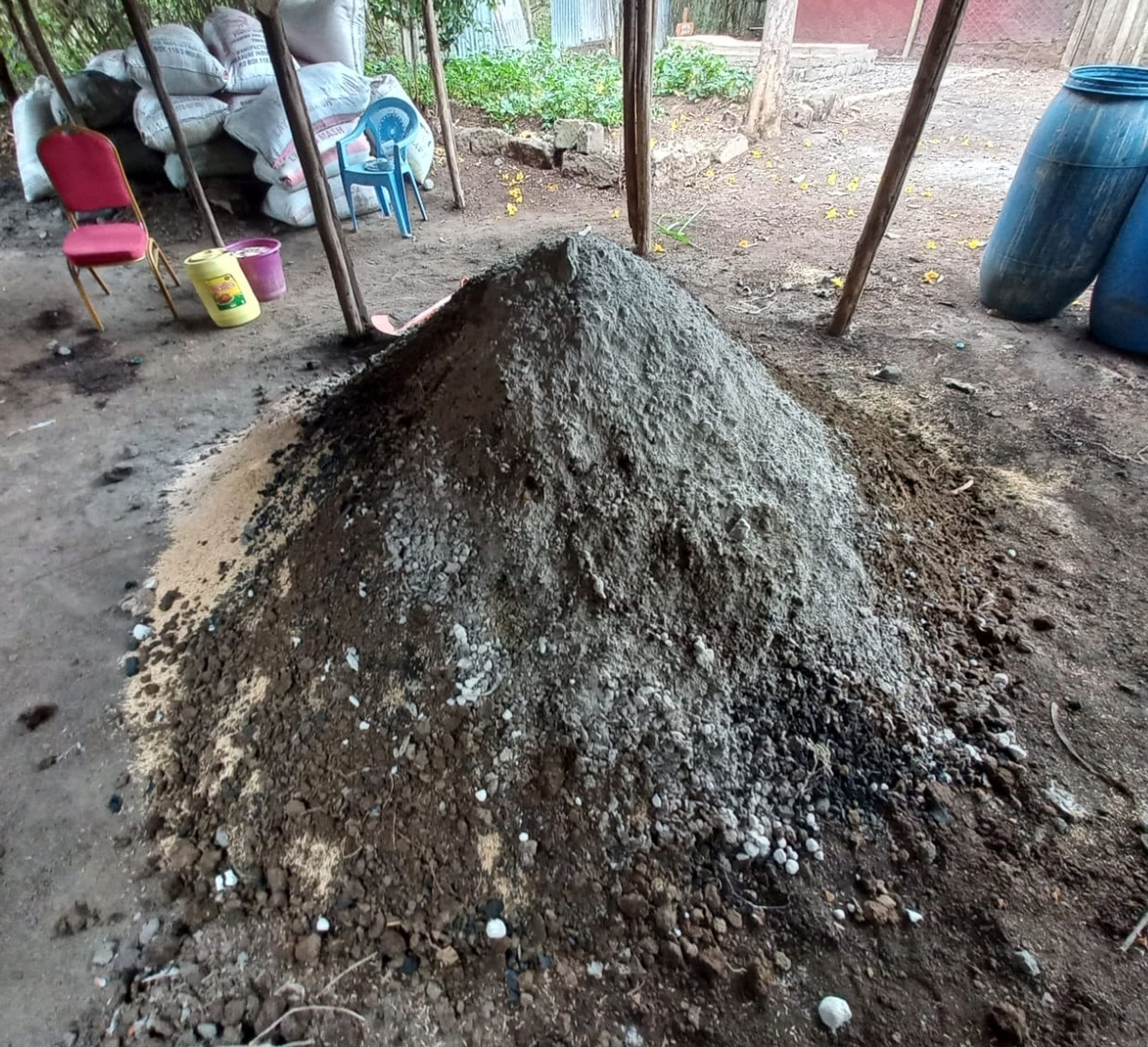

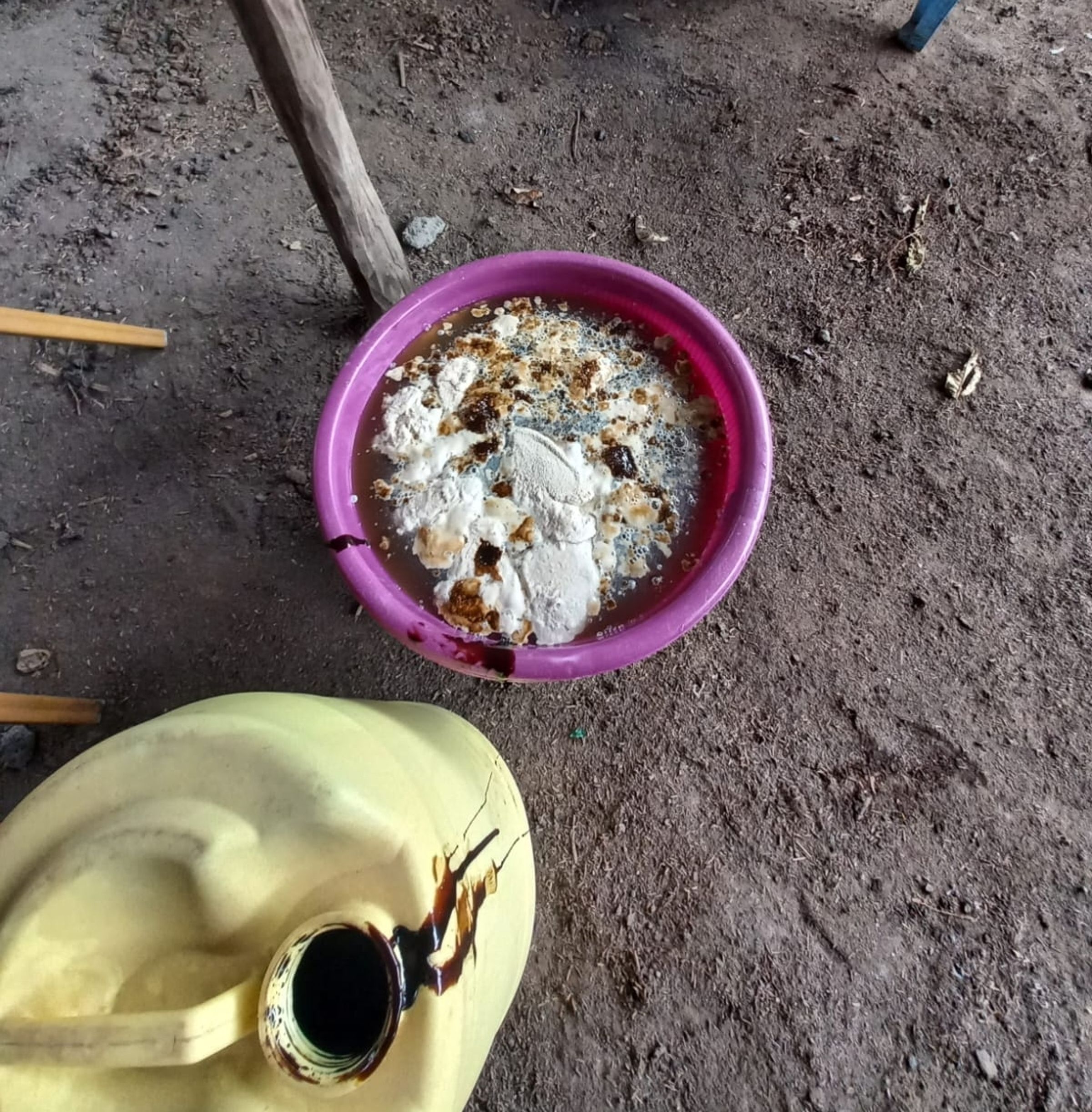
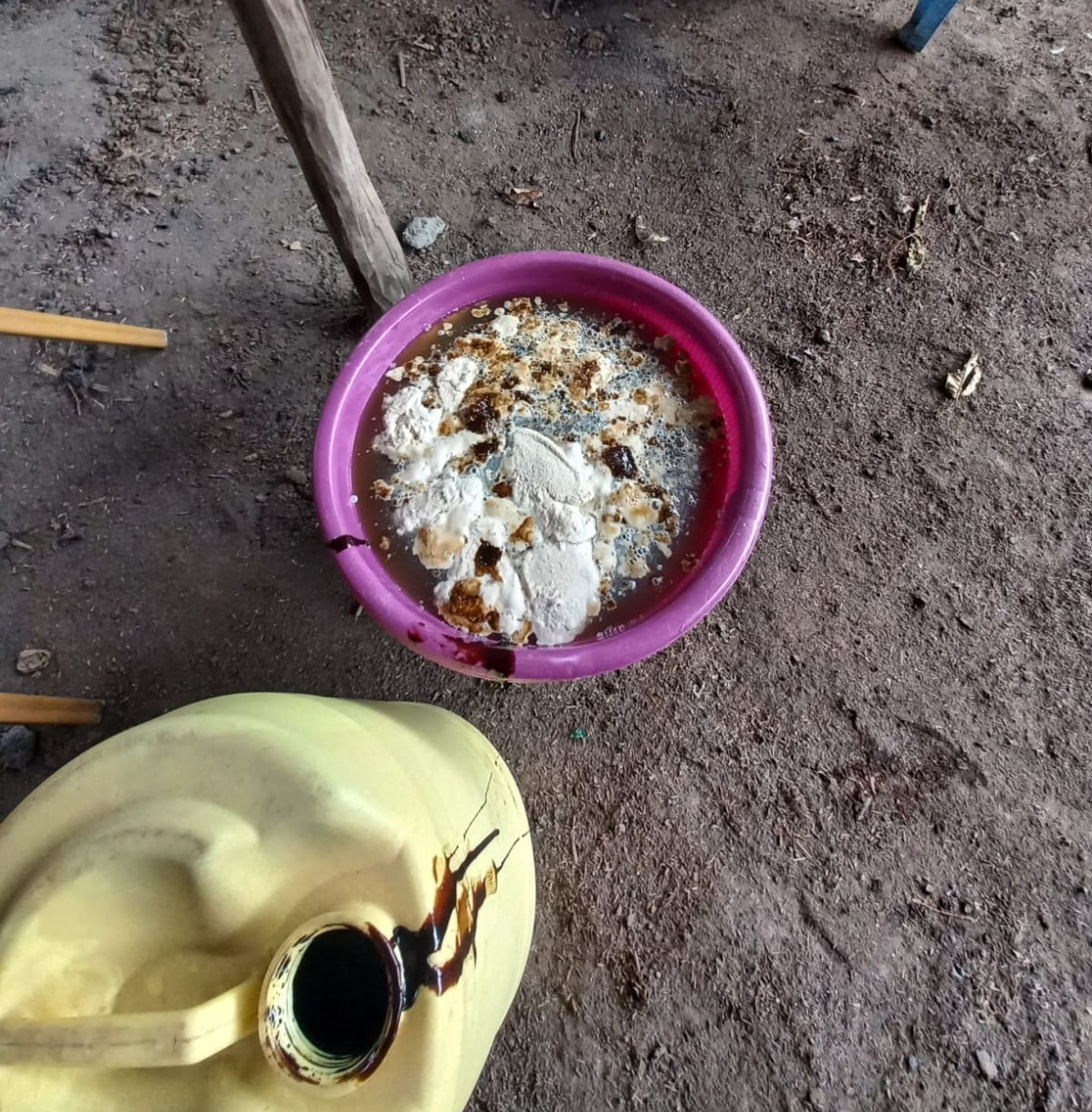
Fill half a bucket with yeast and molasses. Fill it up with water and stir it until it is mixed well. The liquid has to be brownish. Equally share the mixture into three big drums. Repeat that process until you have used up all the yeast and molasses.
Then, fill up the drums with clean water. It is important that the water does not contain any chlorine.
⚠ Chlorine will kill the microorganisms that will be vital for the fermentation process and the making of the Bokashi.
Note: Use the two remaining drums as backup to add moisture to the pile, in case it is too dry.
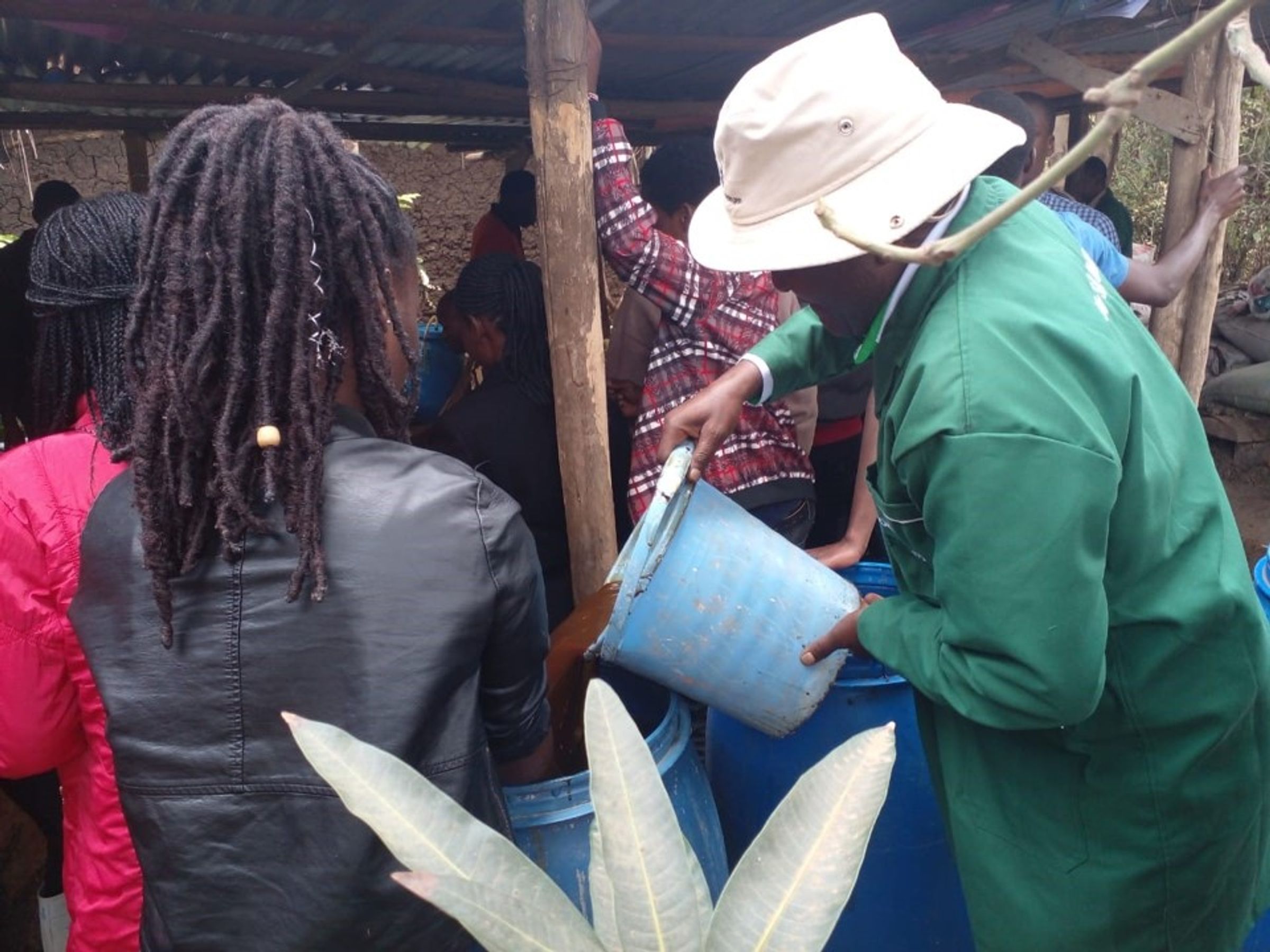

Pour the mixture of water, molasses and yeast from the drum with a watering can gradually onto the heap as you turn the mixture from one side to a second side. Mix the material with the water until the mixture is 50 percent of water.

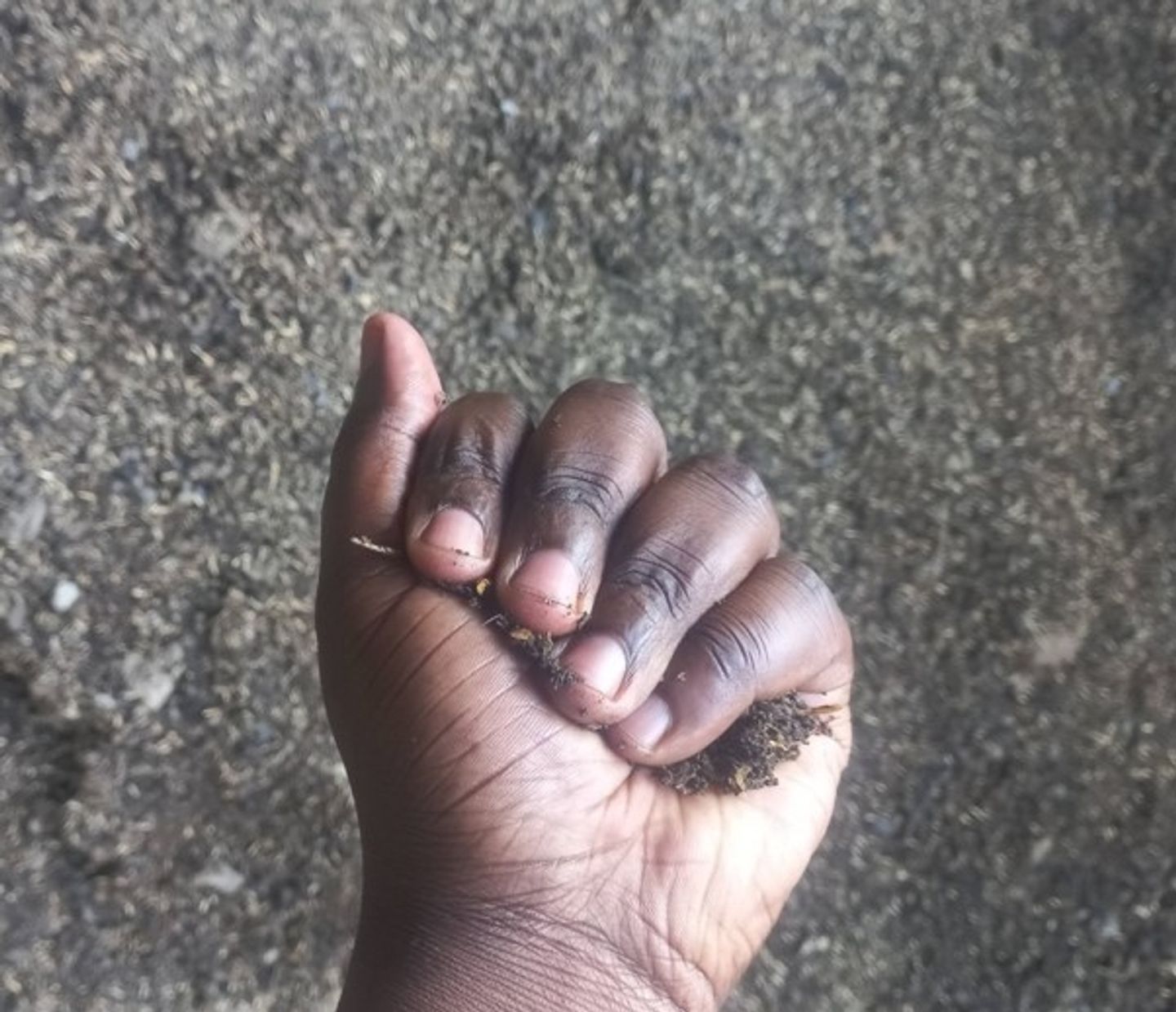
To test the moisture, grab a handful of the mixture and squeeze tightly. Form a ball shape and squeeze it. If it stays in ball shape it is perfect. If it crumbles apart, you must add more water. If liquid comes out, the mixture is too moist. In that case add more ash.


Once the mixture is ready, leave it for 24 hours. Check the temperature of the mixture. When it is around 60 to 70 degrees Celsius, the mixture is ready to turn.
Use a spade to pick up the mixture and turn it to a second side. Let the scooped mixture drop on top of the pile that it can cool down. Continue until the mixture is turned. Better do this step with 2 people to ensure equal distribution.
After one day, turn the mixture once. After two days, turn the mixture twice. On the second day, there will be an odour when you turn the mixture. Make sure you turn the mixture in a well-ventilated area to reduce the smell.
Repeat the process: Turn the mixture twice a day for 5 to 7 days. Once the heat goes down, turn it once a day.
⚠ Keep the mixture moist during the process. Do not place it under direct sunlight. This will evaporate the water and kill the microorganisms.
If the heap starts turning white, the Bokashi may be burnt. Therefore, it is important to turn as often as possible to reduce the heat or spread the Bokashi evenly on the ground.
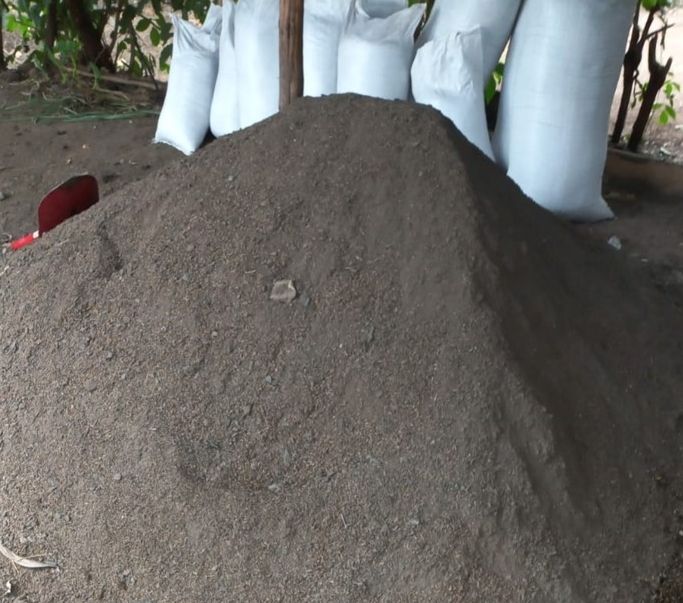
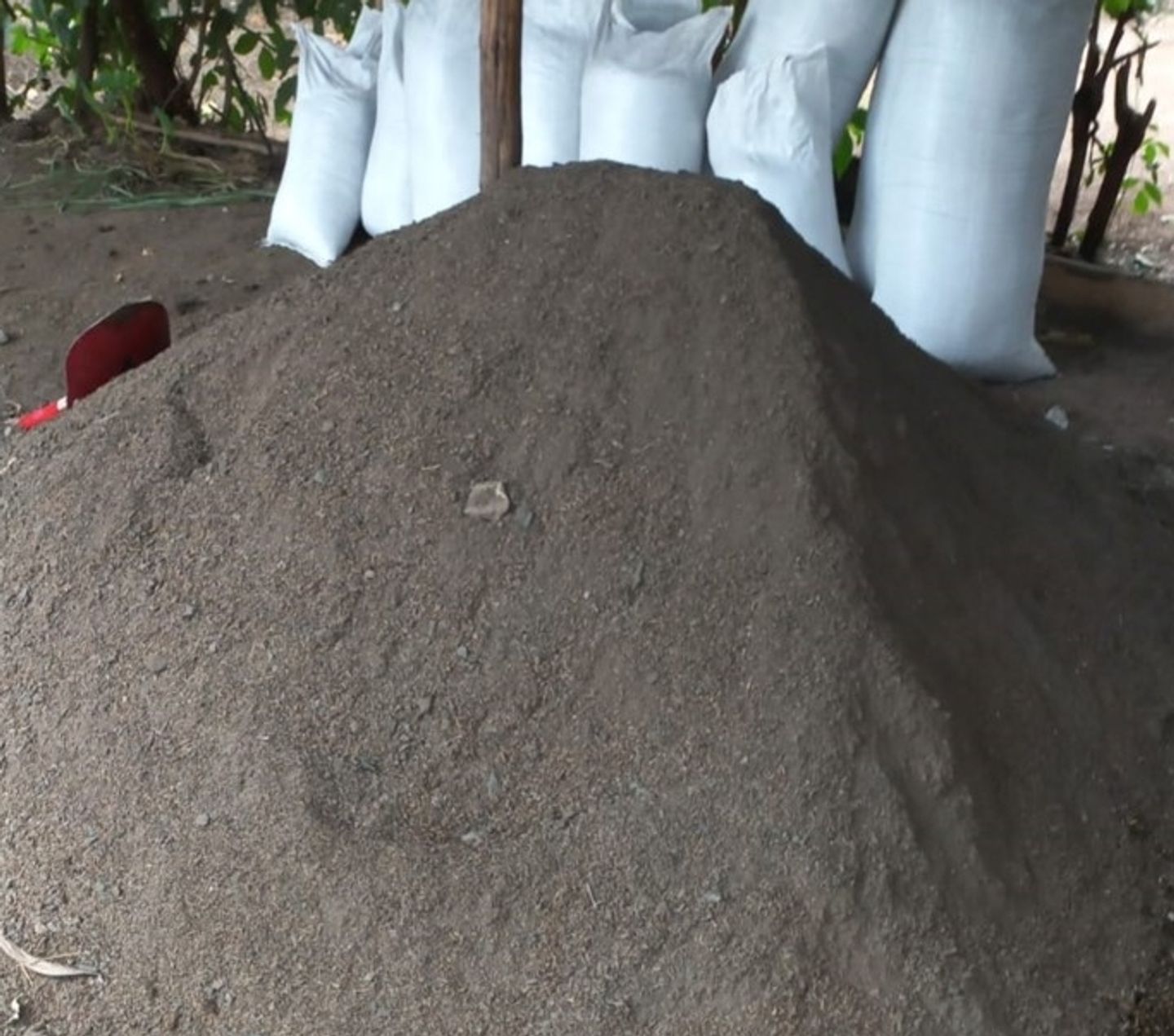
You can use the Bokashi immediately or store it for up to 3 months. If you do not use the Bokashi immediately, spread it on the ground to allow air to pass through and cool the mixture. Do not keep it in a heap. Turn it regularly and take care that it does not turn white.
After 3 months, you can still use the mixture to make new and fresh Bokashi. In this case you just add the old Bokashi onto your heap of rock dust, charcoal, bran and rice husks as an additional layer. You do not need the molasses and yeast mix in this case. When using the old Bokashi, it replaces the need to use top soil since it reintroduces micro-organisms to the new pile.
There are different possibilities to use the Bokashi. Let’s start to cure your soil and to boost the productivity of your plants.
If you are planting in a hole, scoop a handful or measure 100 to 120gs of Bokashi and place it in the hole. Add top soil on top and place the seeds on the soil then cover the hole accordingly. This is to avoid “burning” the seed.
If you are planting seedlings in a hole, properly and evenly mix the Bokashi with the soil to avoid “burning” the seedling when you plant.
If you are planting in a furrow, broadcast the Bokashi onto the soil.
If you do not have a field of an acre, you can adapt the quantities of the recipe. You can also make the Bokashi together with other farmers. If people in the area already know about Bokashi, you might be able to sell the fertiliser to them and start a business.
The perfect organic fertilizer.
Yes, the name of this hack already sounds very difficult. But effective...

Easy recipe, saving 45 min. of gas/electricity
Utilize your smart cooker box , smart cooker from blankets, or wonderbag for...
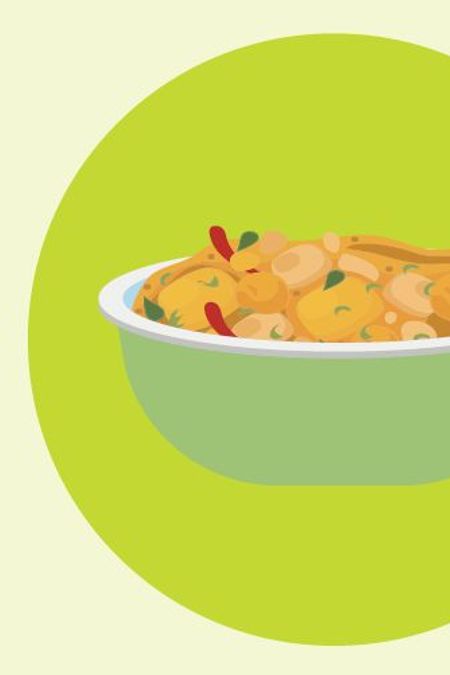
Easy recipe
Utilize your smart cooker box , smart cooker from blankets, or wonderbag for...

Make your own reusable sanitary pads using a sock and a few household materials
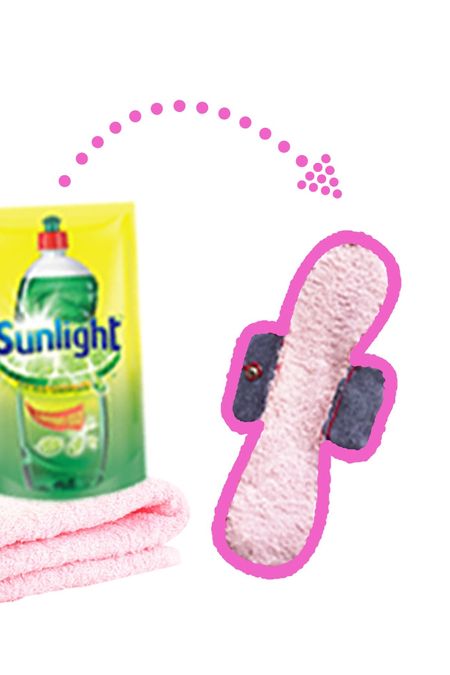

On dooiy you find fun and easy hacks that make life easier. Just follow our simple step-by-step guides and create something for your home or community with little materials and tools. Want to start a business? dooiy might be the perfect starting point for you.

from dooiy
You don‘ t have to be an expert to start making with dooiy. Just choose an easy hack and get going. After you made a few, I am sure that you will come up with your own ideas.
dooiy is being developed by passionate people in Germany and South Africa.

To fulfil our vision, we are looking for partners, volunteers, donors and people who spread the word.
Learn moreand become a partner
